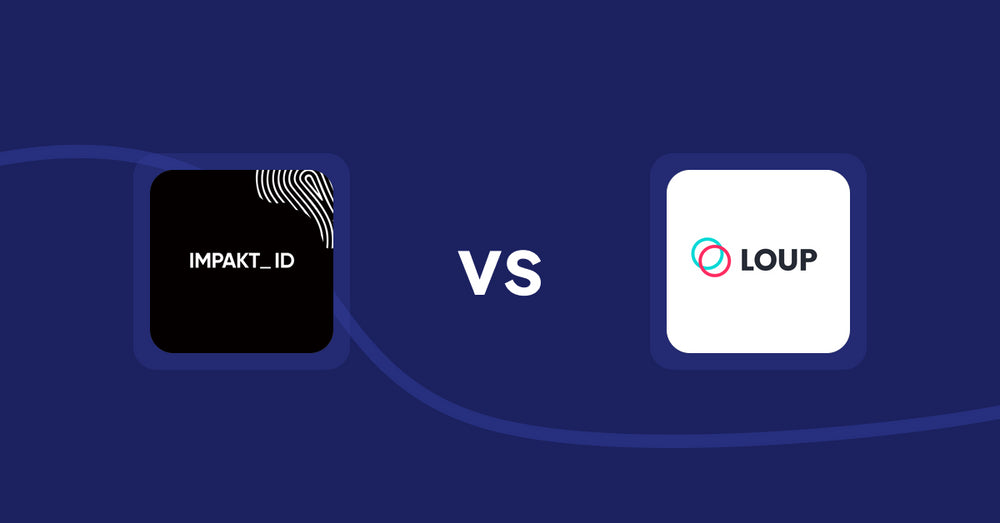Shopify Product Display Apps: Cost Per Item vs Copybuddy

Table of Contents
- Introduction
- How Does Cost Per Item Work?
- How Does Copybuddy Work?
- How Much Does Cost Per Item Cost?
- How Much Does Copybuddy Cost?
- Cost Analysis: Cost Per Item vs. Copybuddy
- User Reviews & Customer Support Insights
- Integration and Compatibility Comparison
- Conclusion
Introduction
In the highly competitive landscape of e-commerce, product display apps play a crucial role in engaging customers and presenting products in a compelling manner. According to recent studies, well-structured product display can boost customer engagement by over 30%, significantly enhancing sales opportunities. This highlights the importance of choosing the right app that can not only improve product visibility but also streamline management processes.When considering product display for Shopify stores, two noteworthy contenders are Cost Per Item and Copybuddy. Cost Per Item is tailored for clear pricing displays and margin settings, making it a practical choice for sellers who need to optimize product presentation and their pricing strategy. On the other hand, Copybuddy focuses on generating product descriptions and marketing content, supporting merchants in crafting compelling narratives to boost conversions.
Both applications integrate effectively with Shopify, providing valuable solutions that enhance user experience and drive operational efficiency. But which one is the right fit for your business? Let’s dive deeper.
How Does Cost Per Item Work?
Cost Per Item offers Shopify merchants a straightforward way to display cost and margin information for their products. This app is designed to help businesses present prices transparently, catering to buyers who value clarity and straightforwardness in their shopping experience.The key features of Cost Per Item include:
-
Unlimited Products: Unlike some competitors that limit the number of products you can manage, Cost Per Item allows you to manage an unlimited number of products without additional costs. This is particularly beneficial for growing e-commerce businesses that plan to expand their offerings.
-
Cost and Margin Display: This feature enables businesses to showcase the cost of their products along with the profit margin. By doing so, customers appreciate the transparency, which can lead to increased trust and conversions.
-
Variant-Based Cost and Margin: For merchants with diverse product lines, displaying costs and margins based on individual product variants (like size or color) adds a layer of customization that speaks to different consumer preferences.
These features cater to various business sizes. Startups can benefit from transparency and flexibility, while medium to large businesses can leverage the extensive product management capabilities for tailoring their pricing strategies effectively.
For instance, imagine a retailer selling handmade apparel who uses Cost Per Item. By displaying both the product cost and profit margin, potential customers can see the value of the handmade process, enhancing their likelihood to purchase.
How Does Copybuddy Work?
Copybuddy takes a different approach by enhancing the product display through compelling written content. As an AI-driven tool, it assists Shopify merchants in creating product descriptions and marketing materials swiftly, helping to elevate brand messaging and engagement.The main features of Copybuddy are:
-
AI-Powered Content Generation: Write product descriptions in mere seconds with advanced algorithms ensuring that the content is not only engaging but also optimized for SEO, thus increasing its discoverability online.
-
Blogging Tools: Beyond product descriptions, Copybuddy offers tools to write blogs and generate relevant content that informs and attracts potential customers.
-
Unlimited Templates: Users can choose from a wide array of templates, making it easy to maintain a consistent voice and style across various product listings.
While startups may find value in the free tier, small to medium businesses can engage with the prepaid plan for flexible word limits, and larger enterprises can opt for more comprehensive plans that allow for upwards of 100,000 words of content monthly.
For instance, a boutique online home goods store could leverage Copybuddy to not only describe their products attractively but also to create blog content that engages potential customers through tutorials and styling tips, enhancing overall brand loyalty.
How Much Does Cost Per Item Cost?
Understanding the financial aspect of any business tool is crucial, especially for managing product displays. Cost Per Item offers a single pricing plan that stands out for its affordability.- Price: $1.99 per month
- Features: This tier includes the ability to manage unlimited products, show cost per item and margin by variant, and offers customization options for text and display settings.
- Limitations: Currently, there are no other tiered pricing options, which may limit scalability for some users requiring advanced features.
- Target Audience: Ideal for startups and small to medium businesses looking for a reliable, affordable solution without the complexity of multiple tiers.
- Additional Costs: There are no hidden fees associated with this plan.
This straightforward pricing model makes Cost Per Item an easily digestible option for businesses trying to keep overheads low while maximizing transparency in product pricing.
“It is important to note that you can always reach out to our team and we can create a custom pricing plan to suit your needs and your budget. Schedule a call via this link and we’ll come up with the best solution for you and your business.”
How Much Does Copybuddy Cost?
Cost efficiency in app subscriptions fosters longevity in business partnerships. Copybuddy presents multiple pricing tiers to meet various business needs:- Free Plan: Provides up to 1,000 words monthly, helpful for startups testing the waters.
- Prepaid Plan: At $0.01 per month, this option offers no expiration and features available under other plans, albeit with limited words.
- Professional 30k Plan: Priced at $9, it allows for around 30,000 words monthly, catering to medium-sized businesses looking for substantial content.
- Professional 100k Plan: At $19, this plan is tailored for enterprises requiring high-volume content generation.
Though these options cater to diverse needs, it’s important to recognize that as businesses grow, subscription costs can escalate quickly. Startups may appreciate the free plan, but established businesses may find themselves needing the more expensive tiers to drive engagement effectively.
Cost Analysis: Cost Per Item vs. Copybuddy
When it comes to performance and pricing, an in-depth comparison reveals interesting dynamics. Cost Per Item’s single, low-cost plan provides significant value for businesses focused on transparent pricing and cost display. In contrast, Copybuddy, with its multiple tiers, offers versatility but at a potentially gradual increase in overall costs as more features are utilized.While both applications provide trial options at different tiers, Cost Per Item’s straightforward pricing structure suggests it may provide a better cost-efficiency model, particularly appealing to startups and small to medium enterprises looking to manage expenses without compromising on functionality.
User Reviews & Customer Support Insights
Is Cost Per Item good?
Cost Per Item has garnered stellar reviews, currently boasting a perfect 5-star rating from 64 reviews. Users frequently highlight its user-friendly interface and the transparency it brings to product pricing. Quick setup and intuitive configuration are recurring themes, making it accessible for even those with minimal technical experience.Is Copybuddy good?
In contrast, Copybuddy has received just a single review, also with a perfect score of 5 stars. While it is difficult to draw significant conclusions from this limited feedback, it indicates high initial user satisfaction. Users might appreciate its ability to generate SEO-ready content quickly, making marketing less daunting. However, there’s a lack of extensive user perspectives, which could be important for potential buyers to consider.Customer support is vital for any application, as responsive and effective assistance can often make or break user experiences. Both apps do not emphasize their customer support capabilities within their descriptions, making this area somewhat opaque for users deliberating their choices.
User Preference: Cost Per Item or Copybuddy?
Comparing the average ratings provides a clearer picture of user preference. Cost Per Item, with its 5-star rating from numerous reviews, seems to have garnered greater overall trust among users based on its functionality and ease of use. Copybuddy, while also maintaining a 5-star rating, lacks the breadth of user feedback, which could leave potential users pondering the reliability of the app.This higher engagement can potentially stem from Cost Per Item’s straightforward, no-nonsense features catering specifically to product display needs, rather than the broader content creation focus of Copybuddy. Consequently, businesses might gravitate toward Cost Per Item, as its specialization offers immediate solutions.
Integration and Compatibility Comparison
Cost Per Item Integrations
Currently, Cost Per Item focuses primarily on Shopify without extensive integration partnerships. This singular focus allows them to streamline functionality and provide a seamless experience for Shopify users.Copybuddy Integrations:
Similar to Cost Per Item, Copybuddy does not emphasize extensive integrations, focusing mainly on delivering an in-app experience. However, users may expect ease of setup and accessibility that speaks to its usability.Conclusion
Both Cost Per Item and Copybuddy have demonstrated their strengths as viable Shopify applications. However, in evaluating functionality, user satisfaction, and pricing strategy, Cost Per Item emerges as the superior solution. Its user-friendly design, clear pricing structure, and well-regarded features facilitate enhanced product visibility and transparency, aiding business growth significantly.With a perfect 5-star rating and robust support for increasing customer engagement through clear product displays, Cost Per Item stands out as a cost-effective choice for various business scales. While Copybuddy brings valuable content generation tools to the table, the focused capabilities of Cost Per Item may offer better targeted solutions tailored to product display needs and overall user experience.
Still Searching for the Perfect Customization Solution?
Stop searching and start thriving with Accentuate Custom Fields! This powerful metafield management app supercharges Shopify’s native features, giving you the tools to create a truly personalized customer experience.
Why Choose Accentuate Custom Fields?
- Advanced Customization: Unlimited field definitions, logical grouping, and custom layouts make your store one-of-a-kind.
- Enhanced Editor Experience: Effortlessly edit variant metafields, use advanced HTML and markdown editors, and sync field definitions between stores.
- Flexible Management: Import/export capabilities, automatic tagging, and comprehensive support for Metaobjects and versioning.
- 24/7 Support: If you have any questions or need assistance, our team is available around the clock to help with any custom modifications to suit your store.
Join over 12,000 merchants, including top Shopify Plus stores, who trust Accentuate for their customization needs. With a stellar 4.9-star rating, Accentuate is the go-to tool for advanced CMS needs, offering unmatched flexibility and control over your store’s content. Elevate your Shopify store with high-quality content that boosts customer experiences and conversions. Tell your story, showcase your products, and create an engaging customer journey with ease.
Experience the Accentuate difference and watch your Shopify store thrive!
Accentuate vs Competition
Explore how Accentuate Custom Fields stands out. Whether you’re aiming to customise your storefront, streamline operations or improve content management, see how we compare against the competition

Shopify Product Display Apps: FeatureFrame ‑ Pretty Product vs. AI SEO: Top Product Features

Shopify Product Display Apps: Metadrob: Create Virtual Store vs シンプルクラウドファンディング|お手軽自社クラファン
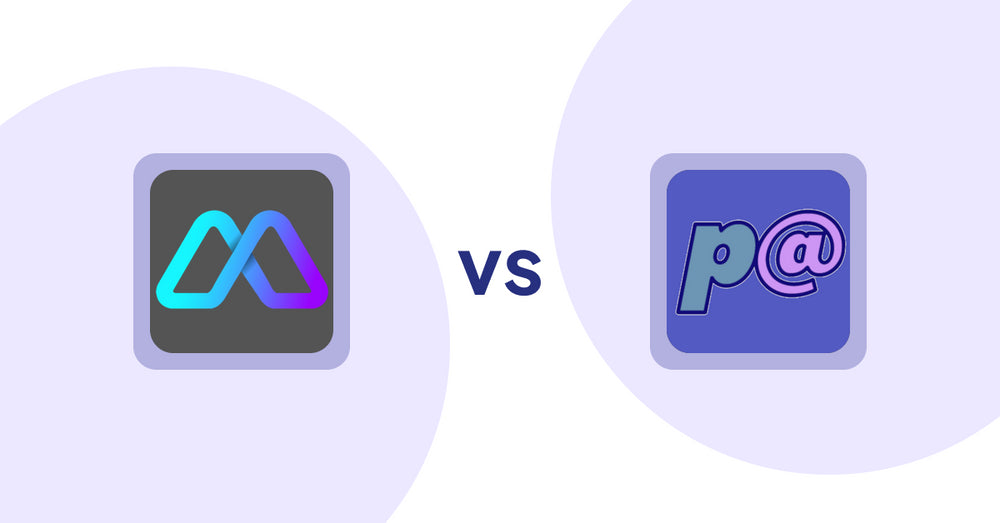
Shopify Product Display Apps: Metadrob: Create Virtual Store vs Parameterizer
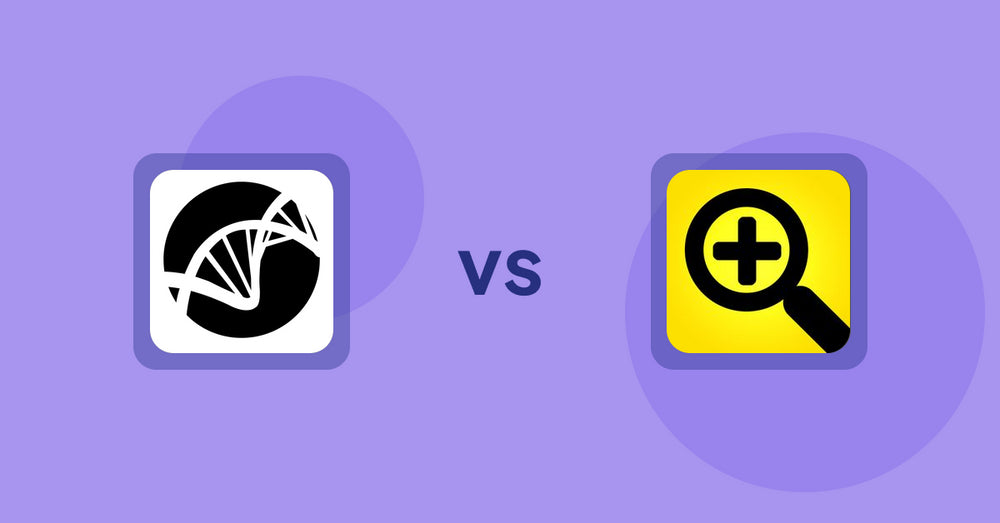
Shopify Product Display Apps: Bike Matrix vs. Fast View: Fastest Quick View
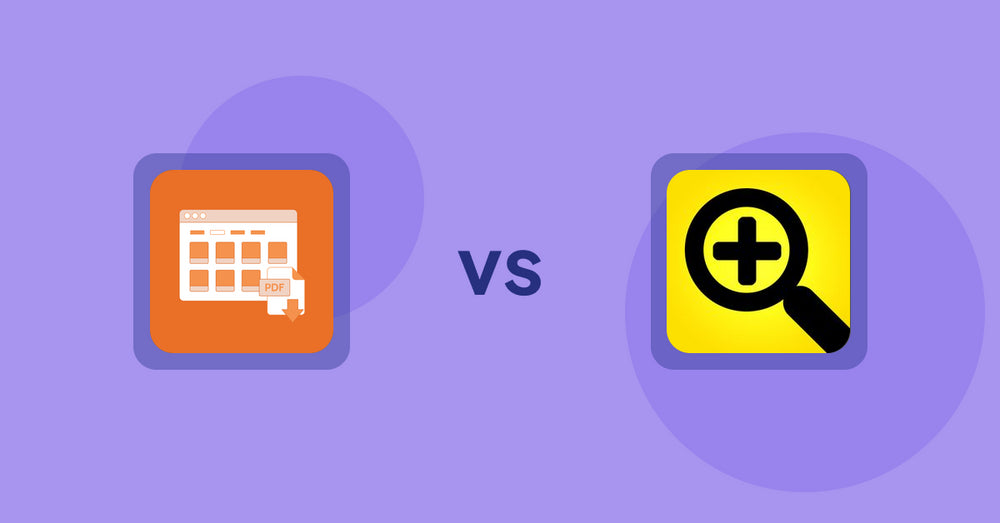
Shopify Product Display Apps: Meetanshi PDF Product Catalog vs Fast View: Fastest Quick View

Shopify Product Display Apps: UR: Smart Ranking vs Sortyfi Collection Merchandise

Shopify Product Display Apps: UR: Smart Ranking vs PDP Star

Shopify Product Display Apps: Menulog vs Reelify ‑ Shoppable Reel Video

Shopify Product Display Apps: H3 Estimated Delivery vs Findify Search & Merchandise

Shopify Product Display Apps: Wordo ‑ ChatGPT AI Description vs Urgency! Low Stock Counter

Shopify Product Display Apps: WS Transparency vs シンプル会員注文割引|お手軽ログインセール設定

Shopify Product Display Apps: WS Transparency vs Reelify ‑ Shoppable Reel Video

Shopify Product Display Apps: Awesome Ranking vs シンプル売り切れ非表示|在庫切れ商品の表示変更

Shopify Product Display Apps: OC Product Size Chart vs FeatureFrame ‑ Pretty Product

Shopify Product Display Apps: Shelfify vs Bike Matrix
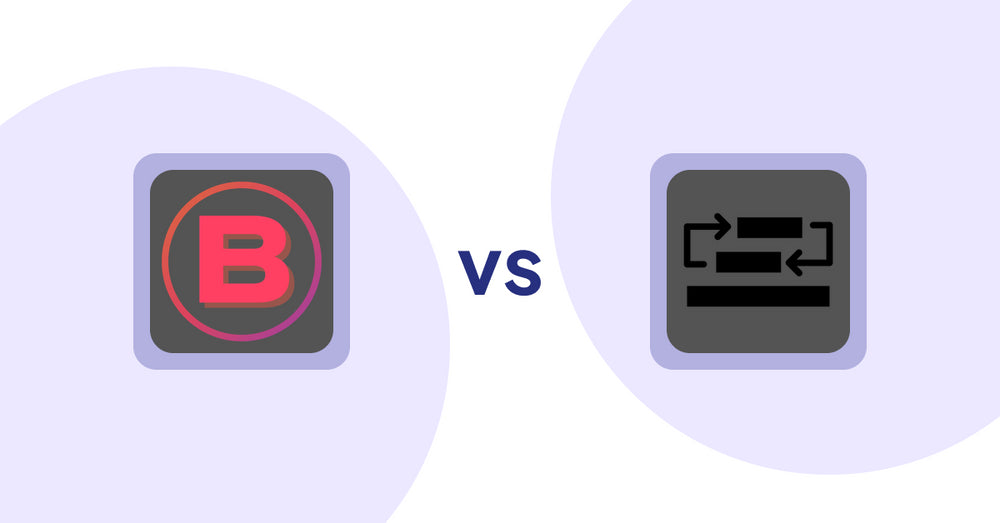
Shopify Product Display Apps: Banter Stories vs Sortyfi Collection Merchandise

Shopify Product Display Apps: Banter Stories vs. Reelify ‑ Shoppable Reel Video

Shopify Product Display Apps: Wordsmith: Content Generator vs Parameterizer

Shopify Product Display Apps: Wordsmith: Content Generator vs Reelify ‑ Shoppable Reel Video

Shopify Product Display Apps: Bringin vs CartBar ‑ Product Purchase Bar
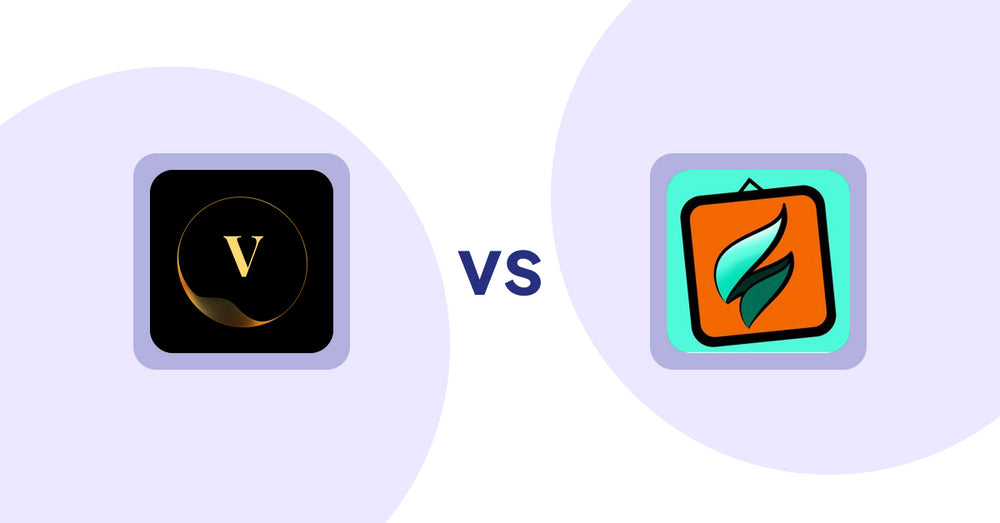
Shopify Product Display Apps: ProductTube vs SMART ‑ Art Product Builder

Shopify Product Display Apps: Xpander vs PDP Star

Shopify Product Display Apps: Xpander vs Banter Stories

Shopify Product Display Apps: Wonderful Widgets vs Bringin

Shopify Product Display Apps: BookE - Rent Property & Service vs Metadrob: Create Virtual Store

Shopify Product Display Apps: BookE ‑Rent Property & Service vs. Banter Stories

Shopify Product Display Apps: Product Table vs. Xpander

Shopify Product Display Apps: Selling Fast vs CartBar ‑ Product Purchase Bar

Shopify Product Display Apps: Selling Fast vs. Loup: Sell on Instagram

Shopify Product Display Apps: Selling Fast vs. Findify Search & Merchandise

Shopify Product Display Apps: Selling Fast vs. Aiuta

Shopify Product Display Apps: Selling Fast vs Bestsellr

Shopify Product Display Apps: Selling Fast vs ProductTube

Shopify Product Display Apps: Extendons Product Tag Images vs Urgency! Low Stock Counter

Shopify Product Display Apps: Writer Sofia vs シンプルクラウドファンディング|お手軽自社クラファン

Shopify Product Display Apps: Writer Sofia vs Wordsmith: Content Generator
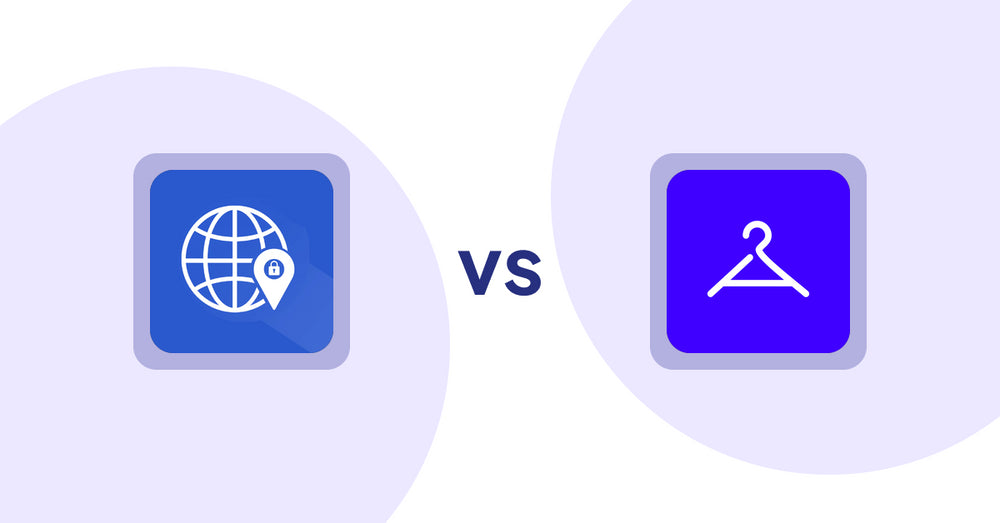
Shopify Product Display Apps: Addify ‑ Country Restrictions vs Aiuta
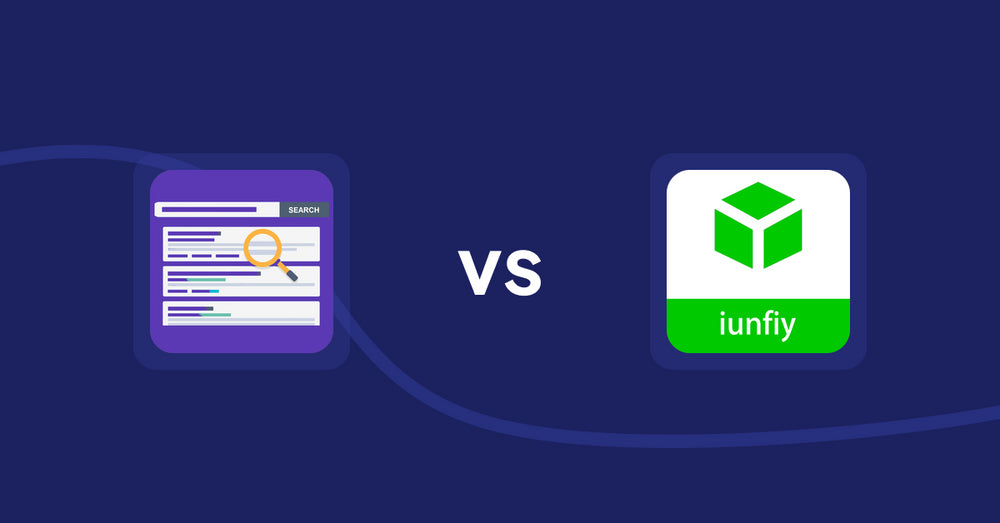
Shopify Product Display Apps: Spark AI Products Description vs iunfiy • Related Products

Shopify Product Display Apps: BeUnico vs Loup: Sell on Instagram

Shopify Product Display Apps: Easy Estimate Shipping vs BookE ‑Rent Property & Service

Shopify Product Display Apps: Easy Estimate Shipping vs. Spark AI Products Description

Shopify Product Display Apps: Mugshot Bot vs Parameterizer
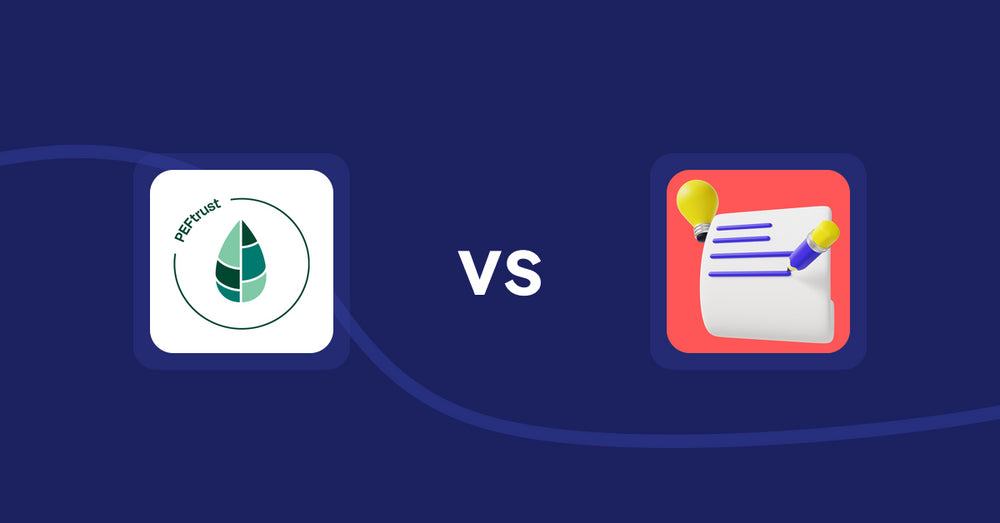
Shopify Product Display Apps: Peftrust vs. Wordo ‑ ChatGPT AI Description

Shopify Product Display Apps: Quick Product Navigator Slide vs Reelify ‑ Shoppable Reel Video

Shopify Product Display Apps: Quick Product Navigator Slide vs. UR: Smart Ranking

Shopify Product Display Apps: Eazy Specification Tags Table vs Agile Attachments

Shopify Product Display Apps: Jedi Back In Stock Admin Alert vs FeatureFrame ‑ Pretty Product

Shopify Product Display Apps: Jedi Back In Stock Admin Alert vs. Findify Search & Merchandise

Shopify Product Display Apps: Jedi Back In Stock Admin Alert vs Banter Stories
